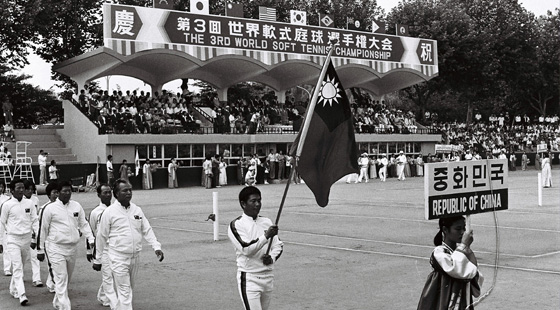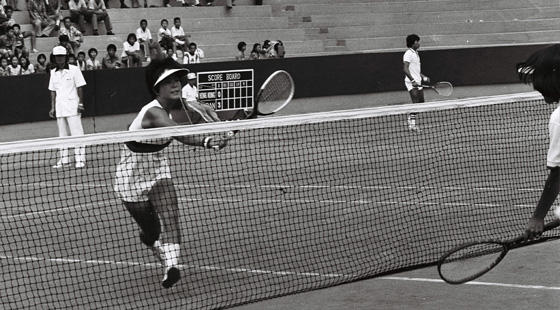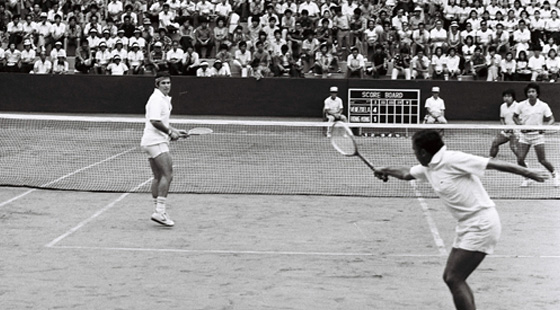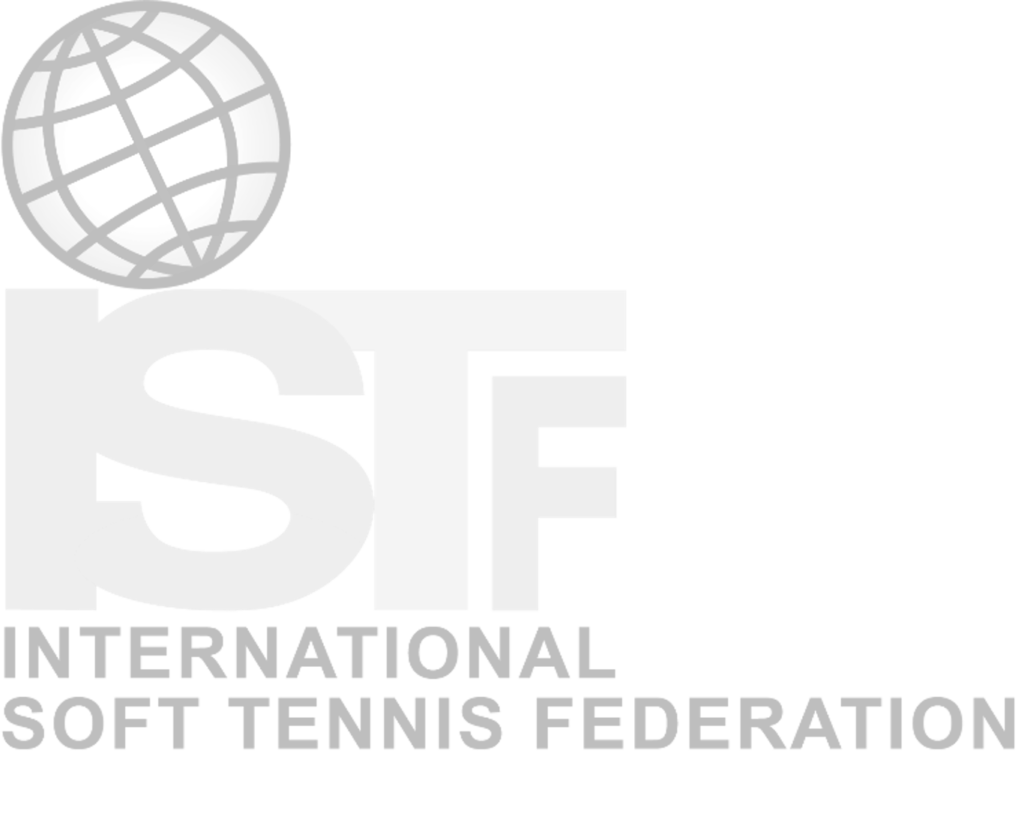Soft tennis is a captivating racket game that unfolds on a court divided by a net into two halves. Originating in Japan back in 1884, this sport shares similarities with traditional tennis but boasts its own unique flair. Whether played solo (singles) or with a partner (doubles), the objective remains consistent: skillfully return the ball over the net, ensuring it lands within the boundaries of the court while thwarting your opponent’s attempts to do the same. Matches typically span best-of-seven or best-of-nine sets, adding an element of strategic depth to the gameplay.
What sets soft tennis apart is its use of soft rubber balls instead of the standard hard yellow ones found in conventional tennis. While the sport has deep roots in Asia, particularly in nations like Japan, Taiwan, South Korea, India, Thailand, and the Philippines, its popularity has spread steadily across the globe. In 2004, soft tennis made its debut in Europe, marking the beginning of its journey across the continent. Since then, Soft Tennis has spread to many countries on the five continents.
ISTF is the supreme authority, governing the sport of Soft Tennis world wide and follows the principles of the International Olympic Committee (IOC).
Soft Tennis was included in the Beijing Asian Games in 1990 as an exhibition game and later became an official event in Hiroshima Asian Games 1994. ISTF has successfully organised the 16th World Soft Tennis Championships in Taizhou, China, in 2019 and the 3rd World Junior Soft Tennis Championships in Suncheon, South Korea, in 2019.
The captivating journey of soft tennis began in Japan back in 1884. As tennis found its way to the shores of Japan through the efforts of a Western missionary at the end of the 19th century, it underwent a transformation to better resonate with Japanese preferences. This evolution gave rise to soft tennis (ソフトテニス, sofutotenisu), featuring specially crafted racquets and balls.
The sport gained recognition on the global stage when it was showcased as an exhibition game at the 1990 Asian Games, later becoming an official event at the 1994 edition of the Games, a status it maintains to this day.
The dawn of the 1950s saw the establishment of the Asian Soft Tennis Federation by Japan, South Korea, and Taiwan, paving the way for the inaugural Asian Championships from 1956 to 1973. In 1970, the Japan-US Soft Tennis Promotion Liaison Council was formed, fostering friendly matches between junior high school students from both nations.
The 1970s marked a period of significant expansion and outreach for soft tennis, with the establishment of the Hawaii Soft Tennis Federation in the United States and the Hong Kong Soft Tennis Association with support from Taiwan. Venezuela and Brazil also joined the soft tennis community during this time.
International competitions flourished, with the inaugural Japan-US High School Friendship Tournament held in 1974, followed by the formation of the International Federation of Soft Tennis Balls. The World Soft Tennis Championships debuted in Hawaii in 1975, setting the stage for subsequent editions across the globe.
The sport continued to make strides, with the formation of the European Soft Tennis Federation and the spread of soft tennis activities across Eastern Europe. Notable milestones included the inclusion of soft tennis in the Asian Games and the establishment of the Asian Soft Tennis Federation.
As the years progressed, soft tennis solidified its presence at various regional and international events, including the East Asian Games, Southeast Asian Championships, and the prestigious Asian Games. Despite challenges such as the COVID-19 pandemic, the spirit of soft tennis remains resilient, as it continues to captivate enthusiasts and athletes worldwide.



